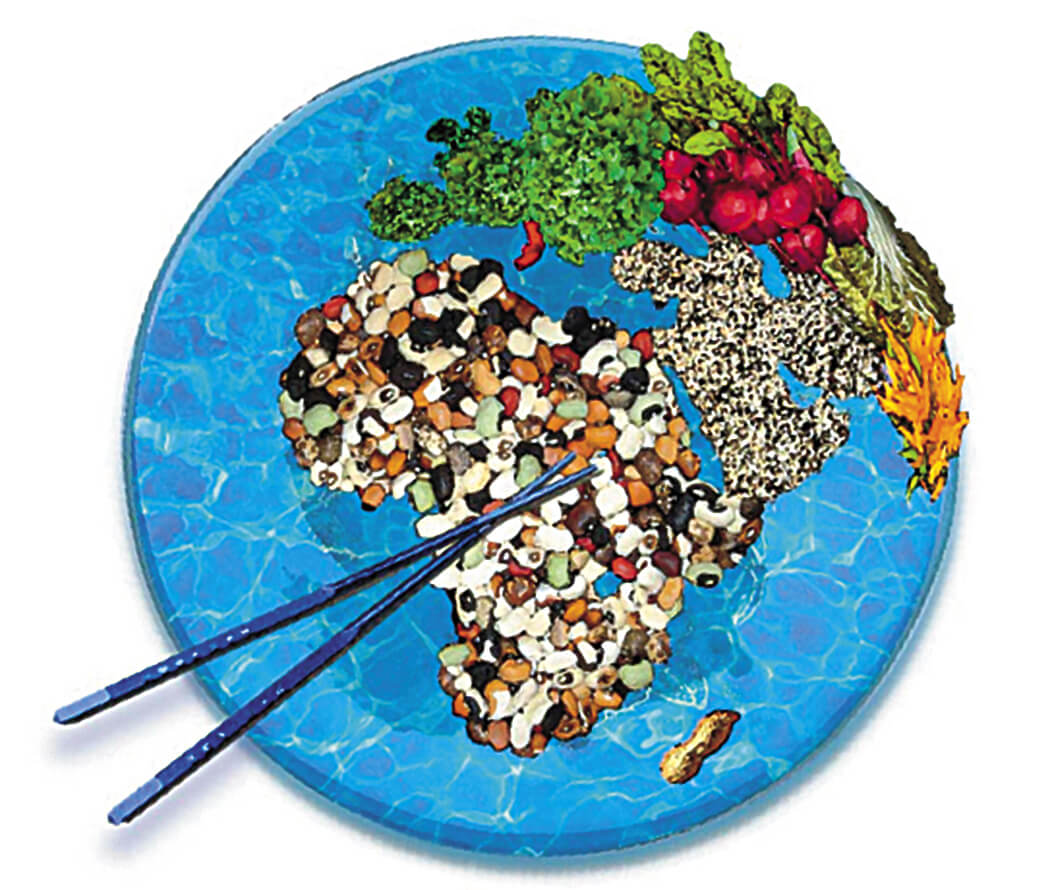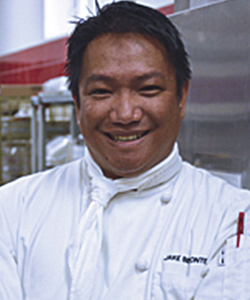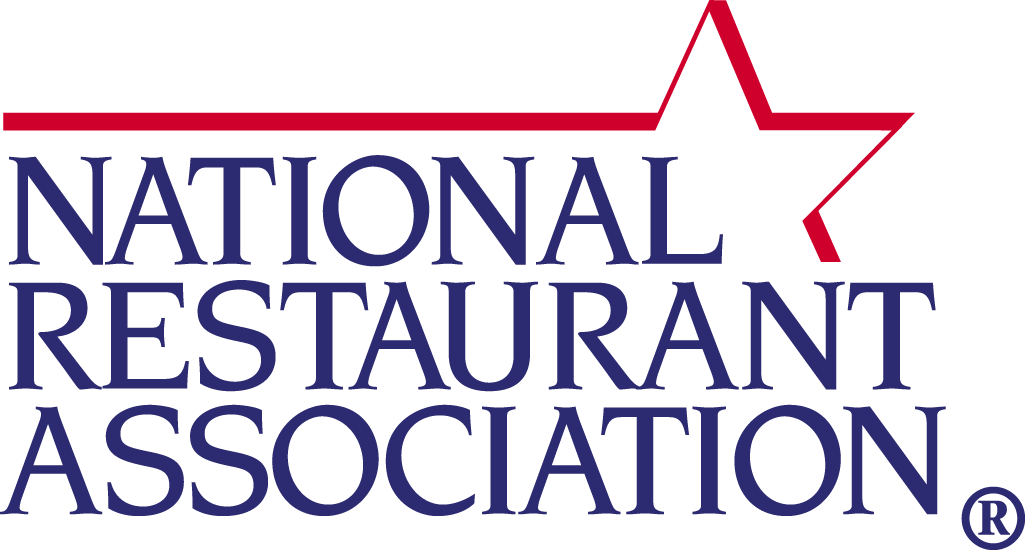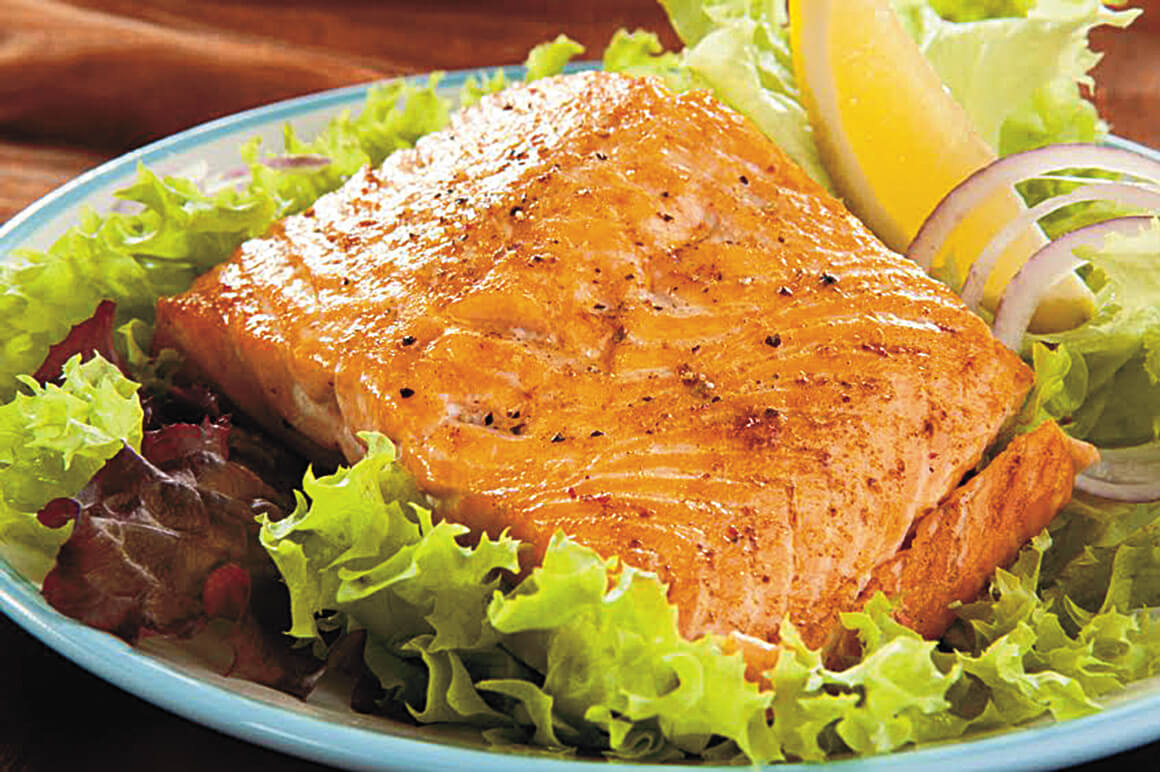

Driven by travel and tourism, Hawai‘i’s hospitality industry remains steady and strong. The diverse foods rooted from the plantation era have now become one of the reasons travelers love the Aloha State. Other than the natural beauty of Hawai‘i, the colorful rainbow of our beautiful culture reflects the radiance of our island lifestyle, mirroring the array of foods we have on the table. The food service industry and the restaurant business has become consistently stable because of tourism. It is a very competitive business and there are a lot of factors to consider to be up-and-up for success.
As we come to the second half of 2017, here is what the National Restaurant Association (NRA) lists as “What’s Hot for Menu Trends in 2017” in the December 2016 press release. In my opinion, Hawai‘i is a leading icon in the industry because we have been living most of these so-called trends Respectfully, we owe it to our plantation culture and the progressive modern chefs that keep it alive and going very well.
National menu trends that are very common to every household here at home include poke, house-made charcuterie (smoked meat, Portuguese sausage), reasonably priced, convenient street-style food halls (bento and plate lunches), and of course, the heartwarming ramen shops (very local), to name a few.
NRA Top 20 Food Trends
- New cuts of meat (e.g. shoulder tender, oyster steak, Vegas Strip Steak, Merlot cut, in addition to local favorites–pig parts like ear and snout)
- Street food-inspired dishes (local examples: tempura, BBQ sticks, wonton, finger foods or pūpū)
- Healthful kids’ meals
- House-made charcuterie
- Sustainable seafood
- Ethnic-inspired breakfast items (e.g., chorizo scrambled eggs,
coconut milk pancakes) - House-made condiments
- Authentic ethnic cuisine
- Heirloom fruit and vegetables
- African flavors
- Ethnic spices (e.g. harissa, curry, peri peri, ras el hanout, shichimi)
- House-made sausage
- House-made pickles
- Ancient grains (e.g. kamut, spelt, amaranth, lupin)
- House-made/artisan ice cream
- Whole grain items in kids’ meals
- Protein-rich grains/seeds (e.g., hemp, chia, quinoa, flax)
- Artisan cheeses
- Savory desserts
- Gourmet items in kids’ meals
NRA Top 10
Concept Trends
- Hyper-local sourcing (e.g. restaurant gardens, onsite beer brewing, house-made items)
- Chef-driven fast-casual concepts
- Natural ingredients/clean menus
- Environmental sustainability
- Locally sourced produce
- Locally sourced meat and seafood
- Food waste reduction
- Meal kits (e.g. pre-measured/ prepped raw ingredients for home preparation)
- Simplicity/back to basics
- Nutrition
“Menu trends today are beginning to shift from ingredient-based items to concept-based ideas, mirroring how consumers tend to adapt their activities to their overall lifestyle philosophies, such as environmental sustainability and nutrition,” said Hudson Riehle, Senior Vice President of Research for the National Restaurant Association. “Also among the top trends for 2017, we’re seeing several examples of house-made food items and various global flavors, indicating that chefs and restaurateurs are further experimenting with from-scratch preparation and a broad base of flavors.”
Source:
National Restaurant Association

Founded in 1919, the National Restaurant Association is the leading business association for the restaurant industry, which comprises more than 1 million restaurant and food service outlets and a work-force of 14.4 million employees. We represent the industry in Washington, D.C., and advocate on its behalf. We operate the industry’s largest trade show (NRA Show May 20–23, 2017, in Chicago); leading food safety training and certification program (ServSafe); unique career-building high school program (the NRAEF’s ProStart); as well as the Kids LiveWell program promoting healthful kids’ menu options. For more information, visit Restaurant.org and us on Facebook, Twitter, and Instagram.
Here you will find a simple recipe from a favorite lunch spot, Pā‘ina Market, located at the University of Hawai‘i Maui College. The Culinary Arts Program will be rolling out selections that are Blue Zones Project approved—whether you are looking for a quick bite to eat in between classes, or just want to take a break from running errands in town, or perhaps schedule a casual business lunch in the open food court.

Less than 30 minutes to assemble, taste-tested by experts and follow the Blue Zones Guidelines for longevity.
Spinach and Cranberry Stuffed Salmon
Ingredients:
- 1 lb. of Salmon fillets
- 1∕2 cup of fresh spinach leaves
- 3–4 fresh basil leaves chopped
- 1 tsp lemon zest
- 1 clove of garlic minced
- 2 T craisins chopped
- 2 T nuts chopped (pecans, walnuts or almonds are recommended)
- 1 tsp of dried oregano
- 1 T Dijon Mustard
- 1∕2 cup breadcrumbs
Directions:
- Sauté the spinach, lemon zest, and garlic until spinach is wilted.
- Combine the craisins, nuts, basil, and oregano leaves in a small bowl. Add the wilted spinach mixture to the small bowl and combine.
- Cut a pocket horizontally into each salmon fillet. Stuff each pocket with about 2 tablespoons of the combined mixture.
- Spread 1 tablespoon of Dijon mustard on the salmon and finish by sprinkling breadcrumbs on top of each fillet.
- Place salmon on non-stick baking sheet or baking sheet lined with oven safe paper and bake for 20 minutes at 375°F or until filets are fully cooked.
Blue Zones Project® – Central Maui
A Blue Zones community is an area in which citizens, schools, employers, restaurants, grocery stores, and community leaders have come together to optimize residents’ longevity and well-being. Blue Zones Project® by Healthways takes a systematic, environmental approach to identifying and creating policies and programs that support community transformation.
Blue Zones Project® is a community well-being improvement initiative designed to change the way people experience the world around them. By impacting environment, policy, and social networks, Blue Zones Project® makes healthy choices easier. As a result, people can live longer, better, and communities can lower healthcare costs, improve productivity, and boost national recognition as a great place to live, work, and play.

University of Hawai‘i Maui College Culinary Arts Program
Register today! http://maui.hawaii.edu/
The UHMC Culinary Arts Program is housed in the beautiful 38,000 square-feet Pā‘ina Building at the University of Hawai‘i Maui College campus in Kahului. Instructors integrate culinary classes with specialized commercial operations to offer an intensive learning environment.
Students gain practical training in nine kitchen labs and prepare for the professional industry by operating several food outlets. The curriculum emphasizes outreach and field experience through resort hotel properties, local restaurants, agricultural partners and professional industry support in research and development.
Pā‘ina Lunch Service: Monday–Thursday 11 a.m.–1 p.m.
Lei’s Family Class Act Restaurant: Wednesday & Friday 11 a.m.–1 p.m. (Reservations Only)
Visit the Website at: https://mauiculinary.sodexomyway.com/

